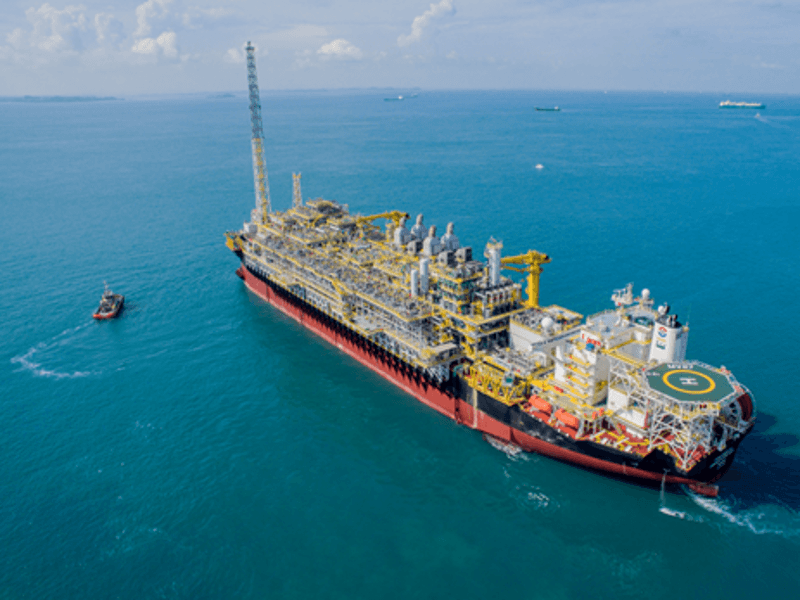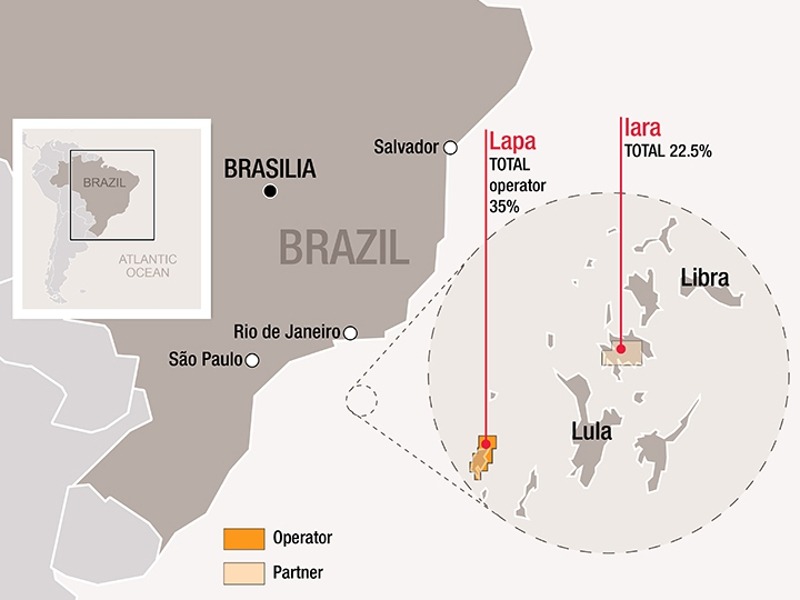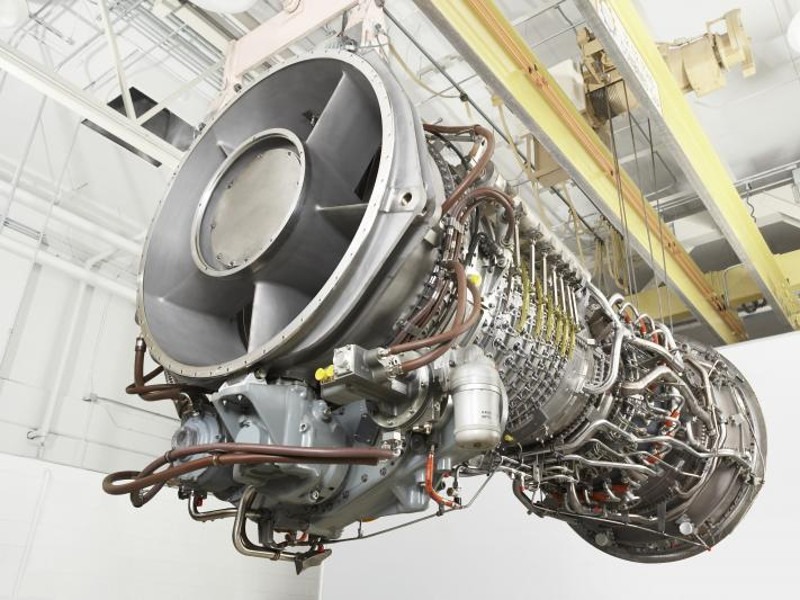Lapa (formerly Carioca), is an ultra-deep water oil and gas field located in the pre-salt Santos Basin, offshore Brazil. Brought on-stream in December 2016, the offshore field is undergoing further development under the new operatorship of the French oil major Total.
The Lapa oilfield was originally developed by Petrobras (45%), BG E&P Brasil (now Shell) (30%), and Repsol Sinopec Brasil (25%).
Total acquired 35% stake in the field from Petrobras to become the operator in January 2018, making Lapa the first producing field in the pre-salt Santos basin to be operated by an international oil company.
Total further announced plan to acquire the remaining 10% interest in the field from Petrobras for $50m in December 2018, as part of a strategic alliance deal signed between the two companies in March 2017.
Project Gallery
-

The Cidade de Caraguatatuba MV27 FPSO unit was deployed at the Lapa field in 2016. Image courtesy of MODEC.
-

The Lapa field lies in the Santos Basin, approximately 270km off the coast of Sao Paulo, Brazil. Image courtesy of Total.
-

GE supplied four LM2500+G4 aero derivative gas turbine generators for the FPSO operating at Lapa field. Image courtesy of General Electric.
Upon execution of the proposed transaction, which is subject to approval by the Brazilian authorities, the Lapa consortium will comprise Total (45%), Shell (30%), and Repsol Sinopec Brasil (25%).
Lapa pre-salt field location, discovery, and reservoir details
Lapa oilfield is located in 2,150m-deep waters in Block BM-S-9A of Santos Basin, approximately 270km off the coast of Sao Paulo, Brazil.
The deep-water field was discovered by the 1-BRSA-491-SPS (Carioca) discovery well in September 2007, which witnessed the flow of 2,900 barrels of 27º API oil and 57,000m³ of gas a day. It was followed by the drilling of 4-SPS-66C Abare West discovery well in September 2009.
The offshore field was further appraised by the 3-BRSA-861-SPS (3-SPS-74), Abaré 4-SPS-81A (4-BRSA-973A-SPS), Iguaçu Mirim3-SPS-101 (3-BRSA-1179-SPS), and the Carioca SW appraisal wells between 2011 and 2013.
The Lapa oilfield reservoirs are located in the pre-salt layer of the Santos Basin, approximately 5,000m beneath the seabed.
The field is estimated to contain 459 million barrels of oil-equivalent (Mboe) in reserves.
Lapa field development details
The Lapa oil and gas field was developed through a floating, production, storage and offloading (FPSO) unit, named Cidade de Caraguatatuba MV27. It is a new-build FPSO provided by Modec under a 20-year charter period.
Moored at a water depth of 2,126m, the FPSO has the capacity to process up to 100,000 barrels of crude oil per day (bopd) and 177 million metric standard cubic feet of gas a day (Mmscfd), while it provides a water injection capacity of 120,000 barrels of water per day (bwpd).
The Cidade de Caraguatatuba MV27 FPSO has a storage capacity of 1.6 million barrels of crude oil.
The FPSO is designed to accommodate a total of 55 flexible risers and umbilicals, including seven oil production risers, seven service risers, seven gas production/ injection risers, seven water injection risers, and 17 well control umbilicals.
The additional production wells of the field being developed in the latest Lapa field development project will also be tied-back to the existing FPSO facility.
Contractors involved
TechnipFMC was contracted to provide flexible pipes for oil production, gas lift, and gas injection as well as associated accessories for the latest phase development of the Lapa field in April 2019.
Modec and the Schahin Group were awarded a 20-year charter contract for the engineering, procurement, construction, and installation (EPCI), as well as the charter and operation of the Cidade de Caraguatatuba MV27 FPSO in November 2013.
The FPSO is jointly owned by Modec, Mitsui, and Marubeni Corporation. Its hull was manufactured by Mitsui Engineering & Shipbuilding in Chiba, Japan, while Modec and TOYO Offshore Production Systems (MTOPS) were responsible for the construction of the topsides.
BrasFELS shipyard, a subsidiary of Keppel, was responsible for the topsides integration and commissioning of the FPSO.
Sofec, a subsidiary of Modec, provided the spread mooring system for the FPSO, while GE supplied four LM2500+G4 aero derivative gas turbine generators for the FPSO, under a contract awarded in April 2014.
Wood Group Kenny was engaged for the conceptual engineering study for the field’s pipeline heating systems as well as for subsea engineering support services for the Lapa oilfield development in 2014.
